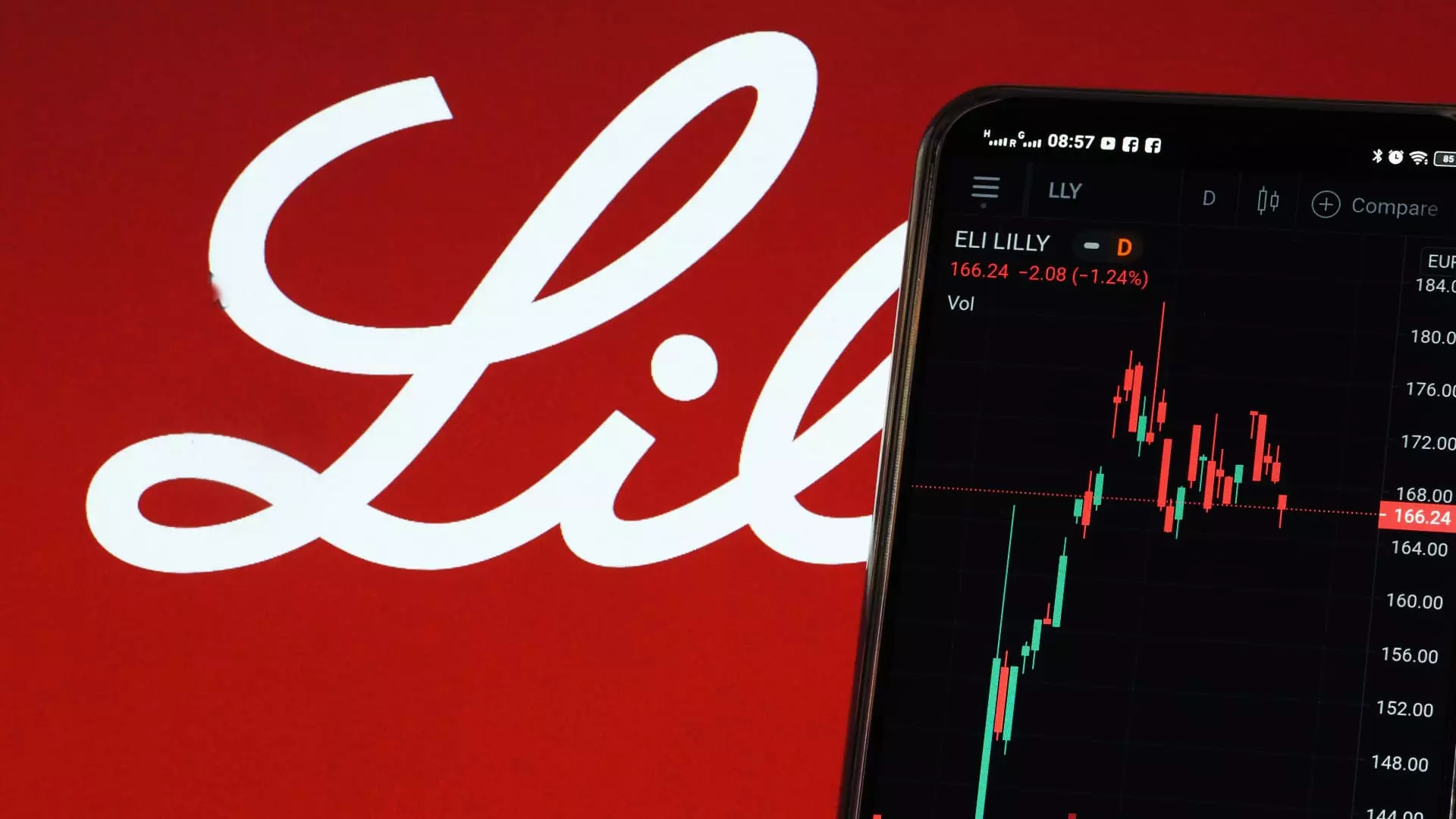The biopharmaceutical sector is exhibiting both resilience and volatility in its market outlook, presenting unique investment opportunities. In a recent analysis by JPMorgan, several stocks within the biopharma space stand out, particularly amidst fluctuating performance metrics and investor sentiment. This article will delve deeper into the implications of JPMorgan’s findings and the broader trends influencing this sector.
At the forefront of JPMorgan’s recommendations is Eli Lilly, recognized for its strong performance in the market. The firm’s analysts highlight Eli Lilly’s product portfolio, particularly its obesity and diabetes medications, which have shown consistent sales growth. In a year characterized by impressive stock performance, Eli Lilly stands out with a substantial 13% increase in 2025 and an impressive 16% year-over-year growth. Analysts predict sustained momentum for key products like Mounjaro and Zepbound, asserting that as production capabilities expand, prescriptions for these treatments will likely surge.
Moreover, Eli Lilly’s experimental obesity drug, orforglipron, is projected to be a significant driver of stock performance as its clinical trial data is released in the second quarter of the year. Given the potential market launch in mid-2026, this could serve as a major catalyst for further stock rallying, especially if trial results are favorable. The anticipation surrounding these developments illustrates the potential for Eli Lilly’s stock to not only recover but thrive in the forthcoming years.
Alongside Eli Lilly, Gilead Sciences and Bristol Myers Squibb are also drawing attention from investors. Gilead’s focus on its HIV treatment portfolio and ongoing expense management strategies are seen as solid foundations for future growth. The company remains committed to innovating and optimizing its pipeline for 2025, which could yield positive returns in an increasingly competitive environment.
Bristol Myers Squibb has also been identified as a strong candidate for investment, despite a recent dip in stock price following its quarterly earnings report. Analysts from JPMorgan suggest that any declines in stock value might not reflect core issues within the company’s fundamental growth story. Instead, they view these fluctuations as temporary setbacks, largely attributed to legacy products and foreign exchange impacts. There is optimism around Bristol’s expansion of its product portfolio, particularly with drugs targeting schizophrenia and Alzheimer’s disease, which could enhance its market position and shareholder value moving forward.
Despite certain stocks in the biopharma category underperforming, the overall sector has demonstrated resilience, with the Nasdaq Biotechnology Index (NBI) reporting a 6.5% gain this year. This performance contrasts sharply with the declines experienced in the past year, pointing towards a potential rebound. Notably, stock valuations within this sector are at historical lows compared to the broader market indices, indicating that long-term investors may find value in biopharma stocks that have solid growth prospects.
There is a marked investor preference for companies that present clean narratives, characterized by clear pathways to revenue generation through product launches and core business momentum. In contrast, firms facing regulatory hurdles or those with ambiguous near-term outlooks seem to warrant less investor enthusiasm. The differentiated performance among biopharma companies underscores a need for careful selection and strategic investment.
JPMorgan’s analysis provides valuable insight into the potentials and pitfalls of investing in the biopharma sector. With Eli Lilly taking a leadership position due to its robust product pipeline and growth opportunities, followed closely by Gilead Sciences and Bristol Myers Squibb, there is significant reason for cautious optimism. However, the market remains sensitive to individual company performances and broader economic factors. Investors must remain vigilant, evaluating not just the immediate stock movements but the sustainable growth narratives that underpin these biopharmaceutical giants. This careful approach will be crucial in navigating the complexities of the sector in the coming months and years.

